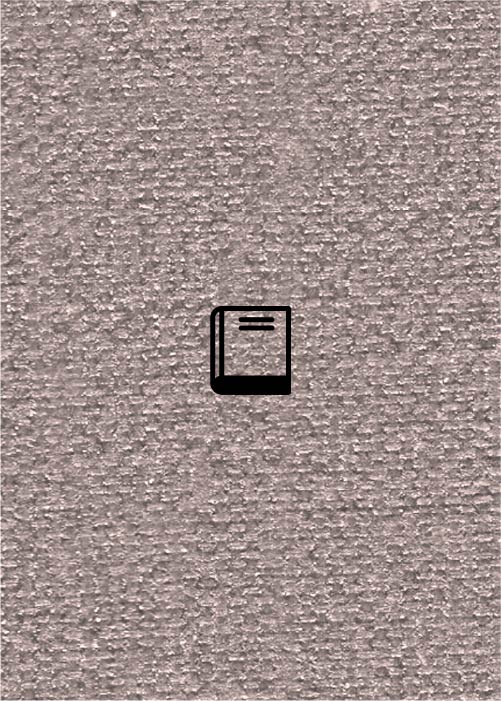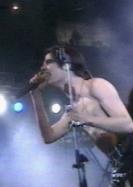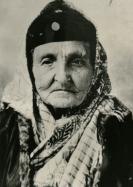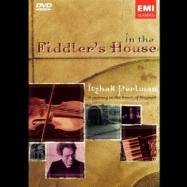(1843 results found)
Jericho's Echo: Punk Rock in the Holy Land
… music, and the cultural-political context of being a young Jewish musician during the second intifada. During the … outlook on their music, their political opinions, and their Jewish identity, and how they all connect. The film gives a special emphasis to the cultural context of Jewish punk bands in Israel during the second intifada, and …

It Was The Custom
… by Natan Gross This film shows and explains different Jewish customs. Among the customs shown are children singing … Eastern European Jews. Film located at the Steven Spielberg Jewish Film Archive … 9 … 34213 … Geva Film Studios … … Jewish cultural groups … Customs … Yemen … Eastern Europe … …

Israel is Real
… the film features songs by Geula Gil, dancing by a Jewish North African dancing troupe, the performance of Hava …
Israel Rocks: A Journey Through Music of Visions and Divisions
… More information can be found at the National Center for Jewish Film at Brandeis University website . Excerpt of …
Island of Roses: The Jews of Rhodes in Los Angeles
… traditions and rituals of the Los Angeles Rhodeslis , the Jewish community who came from the island of Rhodes. More information can be found at the National Center for Jewish Film at Brandeis University website . … 9 … 34216 … … … 1995 … Rhodes … Los Angeles … American … Mediterranean … Jewish cultural groups … Island of Roses: The Jews of Rhodes …
In the Fiddler's House: Itzhak Perlman
… Music … Klezmer musicians … Klezmer revival … Diasporic Jewish Culture … USA … In the Fiddler's House: Itzhak Perlman …

In Lachish
… Complete film on Youtube, courtesy of the Steven Spielberg Jewish Film Archive Virtual Cinema : … 9 … 34219 … … Hina … …
Image Before My Eyes
… war as well as a song about the prison camp Jablonna where Jewish Polish soldiers who were accused of treason on the … Russian front were sent. … 9 … 34220 … YIVO Institute for Jewish Research … … 1981 … Yiddish songs … Jewish History … Polish Jewry … Shtetl … Image Before My Eyes …

His Wife's Lover
… all of which are of secular content and do not deal with Jewish issues but rather with issues of the depression era … information can be found at the National Center for Jewish Film at Brandeis University website . Excerpt from the film, provided by the National Center for Jewish Film … 101 … 101 … 9 … 34221 … … 1931 … Yiddish … …

HaNazir HaYerushalmi
… drink wine, or eat meat. Besides his extensive knowledge in Jewish writings, he also held a PhD in Western philosophy, …







